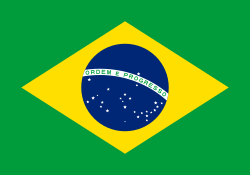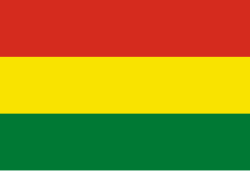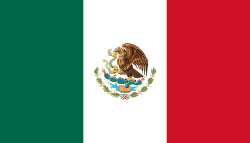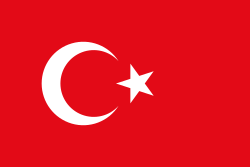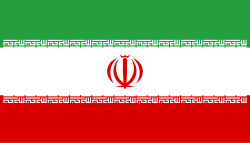Gastronomistad
Gastronimistad är ett begrepp inom Unescos program Unesco Creative Cities Network som lanserades 2004 för att främja samarbete mellan städer som använder sig av kreativitet som viktig faktor för sin stadsutveckling.
Unesco utnämner gastronomistäder. Vid årsskiftet 2018/2019 fanns 26 gastronomistäder i 17 länder.
Kriterier för gastronomistad
- att ha en utvecklad kokkonst som är karaktäristisk för staden och regionen
- att ha en välutvecklad restaurangbransch med ett stort antal restauranger som serverar traditionell mat
- att för regionen typiska ingredienser används i maten
- att lokal tillagning av mat har överlevt industriella/teknologiska förändringar
- att det finns traditionella matmarknader och traditionell livsmedelstillverkning
- att det finns vana att hålla matfestivaler och -evenemang
- att matkulturen innefattar respekt för miljön och innebär uthållig matproduktion
- att stadens restaurangskolor främjar god nutrition och aspekter på biodiversitet
Utnämnda gastronomistäder
| År | Stad | Land |
|---|---|---|
| 2017 | Alba | |
| 2015 | Belém | |
| 2015 | Bergen | |
| 2017 | Buenaventura | |
| 2015 | Burgos | |
| 2010 | Chengdu | |
| 2017 | Cochabamba | |
| 2015 | Dénia | |
| 2015 | Ensenada | |
| 2015 | Gaziantep | |
| 2017 | Hatay | |
| 2012 | Jeonju | |
| 2012 | Florianópolis | |
| 2017 | Paraty | |
| 2017 | Panama City | |
| 2015 | Phuket | |
| 2005 | Popayan | |
| 2015 | Parma | |
| 2017 | Macau | |
| 2015 | Rasht | |
| 2014 | Shunde | |
| 2017 | San Antonio | |
| 2018 | Tucson | |
| 2014 | Tsuruoka | |
| 2010 | Zahle | |
| 2010 | Östersund |
Källor
- Cheng Xiaomin: “City of Gastronomy” of UNESCO Creative Cities Network: From International Criteria to Local Practice, juli 2017
- Register över gastronomistäder på Unescos webbplats
| ||||||||
Media som används på denna webbplats
Författare/Upphovsman: Gutten på Hemsen, Licens: CC0
Flag of Norway with colors from the previous version on Commons. This file is used to discuss the colors of the Norwegian flag.
| Bolivias flagga* | |
|---|---|
| country | Template:I18n/Republic of Bolivia |
| används av | Bolivia |
| från | 1851 |
| till | Present |
| skapad av | Government of Bolivia |
| format | 15:22 |
| form | rektangulär |
| färger | röd, gul, grön
flag has 3 horizontal stripes |
| andra egenskaper | A horizontal tricolor of red, yellow and green. |
The national flag of Kingdom of Thailand; there are total of 3 colours:
- Red represents the blood spilt to protect Thailand’s independence and often more simply described as representing the nation.
- White represents the religion of Buddhism, the predominant religion of the nation
- Blue represents the monarchy of the nation, which is recognised as the centre of Thai hearts.
Flag of Iran. The tricolor flag was introduced in 1906, but after the Islamic Revolution of 1979 the Arabic words 'Allahu akbar' ('God is great'), written in the Kufic script of the Qur'an and repeated 22 times, were added to the red and green strips where they border the white central strip and in the middle is the emblem of Iran (which is a stylized Persian alphabet of the Arabic word Allah ("God")).
The official ISIRI standard (translation at FotW) gives two slightly different methods of construction for the flag: a compass-and-straightedge construction used for File:Flag of Iran (official).svg, and a "simplified" construction sheet with rational numbers used for this file.

